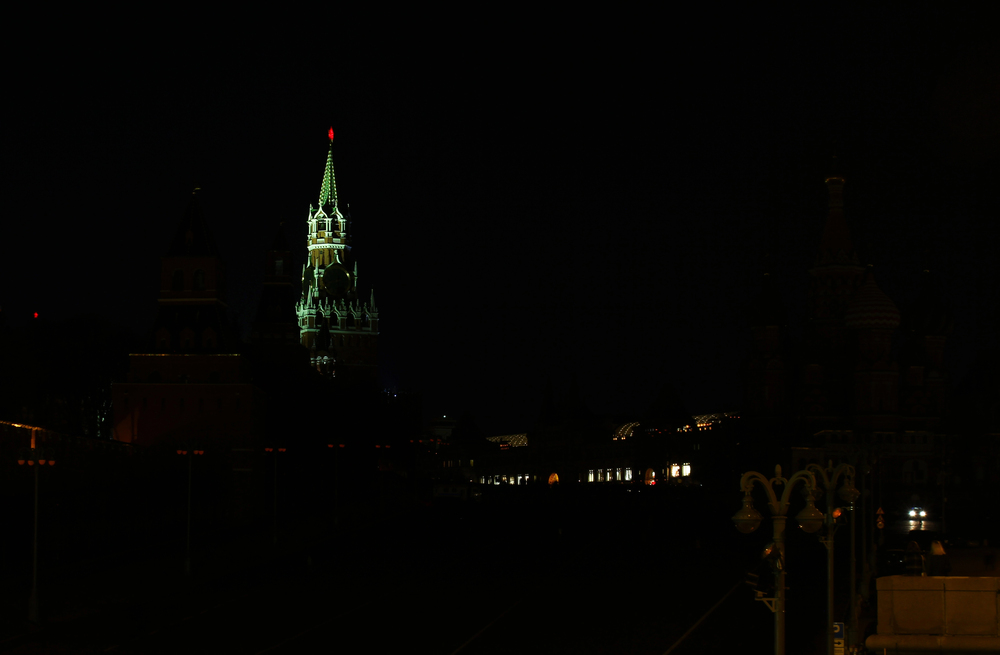The Kremlin is reportedly discussing a potential invasion of NATO countries. Western intelligence agencies have evidence that Russia is considering an attack against the Alliance, says Eurocommissioner for Defense Andrius Kubilius, Wyborcza reports.
He explains that Russia is paying a terrible price for its gains. Russian President Vladimir Putin was supposed to be in Kyiv three days after the invasion, Kubilius continues. But the war changed.
"Russia adapted to technological transformations and, despite its losses, continues to produce weapons on a massive scale," Kubilius believes.
Ukraine—a laboratory of modern defense
Kubilius says he trusts intelligence services. Previously, German intelligence claimed to have evidence that the Kremlin is discussing attacks on NATO. Kubilius emphasizes that such signals must be taken extremely seriously.
He stresses the importance of preparing not only by learning from Ukraine’s experience but also by studying Russian methods.
Ukrainian technologies as a key to EU security
The Eurocommissioner adds that Ukraine is ready to help Western allies prepare for a potential Russian invasion. However, he warns that simply buying interceptor drones and learning to operate them is not enough.
"We need to learn flexibility from the Ukrainians. Look at their defense industry. It is currently based on startups, but they don’t just produce equipment; they monitor its use on the battlefield and constantly improve it," Kubilius says.
Companies producing drones in Ukraine essentially operate their own drone battalions.
"It is impressive how the Ukrainians freed themselves from bureaucratic structures in the face of a Russian attack," the Eurocommissioner adds.
Russia’s military rearmament program
In September 2025, Kyrylo Budanov, the chief of Ukraine's Defense Intelligence, revealed that the Russian leadership is preparing a full rearmament of its army, which would allow it to enter into direct military conflict with European countries, Apostrophe reports. The plan is to implement this in two stages: by 2030, and then by 2037.
The first stage, which will accelerate until 2030, is the largest program since the 1980s, even exceeding the scale of the late Soviet period, with an estimated budget of around $1.2 trillion.
Read also
-
From Kinzhal missiles to Shaheds: Ukraine destroys 10,215 Russian targets in September, proving it is Europe’s frontline defense
-
Ukraine’s army breaks own R&D rules to stay alive
-
From outsourcing to powerhouse: Ukraine’s tech bets big amid war
-
Ukraine needs money for war, so it’s selling weapons to fund weapons




